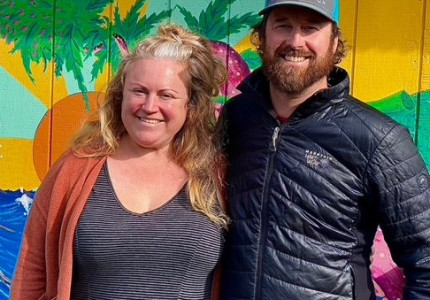Of all the farms that entered the Kure Mendocino Invitational, Healing Herb Farms is undoubtedly the most high-tech. Owner and CEO Keith Shuster has put his heart and soul into developing a professional greenhouse operation which started humbly from outdoor gardens. Over the years, he’s transitioned into a high-tech, high-yield farm.
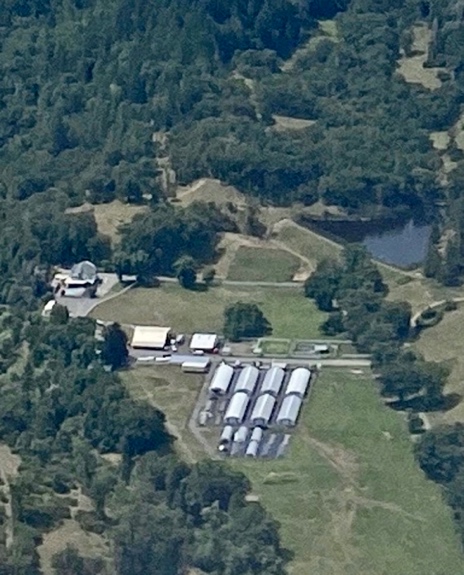 “I started cultivating cannabis back in the late ‘90’s. We lived behind the Willits “W,” built our dream home and had our babies there. We thought we’d live there forever, but when we started to see where cannabis was going, we transitioned to the Willits Valley. It wasn’t an easy choice, but we took the plunge and we’re super-happy with where we’re at.” Keith started breeding in 2003.
“I started cultivating cannabis back in the late ‘90’s. We lived behind the Willits “W,” built our dream home and had our babies there. We thought we’d live there forever, but when we started to see where cannabis was going, we transitioned to the Willits Valley. It wasn’t an easy choice, but we took the plunge and we’re super-happy with where we’re at.” Keith started breeding in 2003.
“I was growing DJ Short’s Blueberry at the time, when Purple Urkle, or Granddaddy Grape became popular. I wanted to make something different. My friend at the time bred our blueberry to the purples. We didn't like the results, but I watched and learned. I bred the cross back to the Blueberry again, and we created a new strain we called Grapejuice, which carried us through the change of the market. That created my passion for breeding. It is so fun! It is hard to be a proud parent and throw most of them away. You can’t get stuck on, ‘I created this, so this is special.’ If a plant doesn’t look better than any other strain on the farm, you have to bite the bullet and let it go,” he smiles.
Keith’s property, purchased in 2011, was cultivated within the county’s zip-tie regulations.
 “Between 2012 and 2016, we cultivated in other locations, and then in 2016, the 9.31 program started up again. I signed up for that and cultivated 99 plants with the zip ties, which went well. We did get raided in 2012 with 24 plants, 24 zip ties and doctor’s recommendations, even with the zips, and that’s how we ultimately proved our cultivation history for the next license. Raids at the time were based on 10%, ‘We are taking your weed,’ and 90%, ‘We want your money, boat, 4-wheelers, etc.’ There were no court convictions- just taking your medicine.”
“Between 2012 and 2016, we cultivated in other locations, and then in 2016, the 9.31 program started up again. I signed up for that and cultivated 99 plants with the zip ties, which went well. We did get raided in 2012 with 24 plants, 24 zip ties and doctor’s recommendations, even with the zips, and that’s how we ultimately proved our cultivation history for the next license. Raids at the time were based on 10%, ‘We are taking your weed,’ and 90%, ‘We want your money, boat, 4-wheelers, etc.’ There were no court convictions- just taking your medicine.”
“In 2017, we started with county and state licensing. I had the very first appointment with Chavonne at the Mendocino County AG department. I got permitted for this location and my dad’s property, which got us into the program. We signed up for two 10,000 square-foot cultivation permits. Initially, we started with mostly outdoor. Then we built 12 hoop houses, but still had outdoor gardens at that point.”
From there, a variety of decisions pushed Keith toward a greenhouse program.
“Greenhouses and mixed light products were starting to be more valuable and more sought-after, and you could harvest multiple time per year. The fires and blackout days were a big factor. We accept climate change. The weather is becoming more unpredictable. So, moving toward the future, we changed to mixed light. We switched to 5,000 square-foot mixed and outdoor at my Dad’s place, and all mixed light at our home location.”
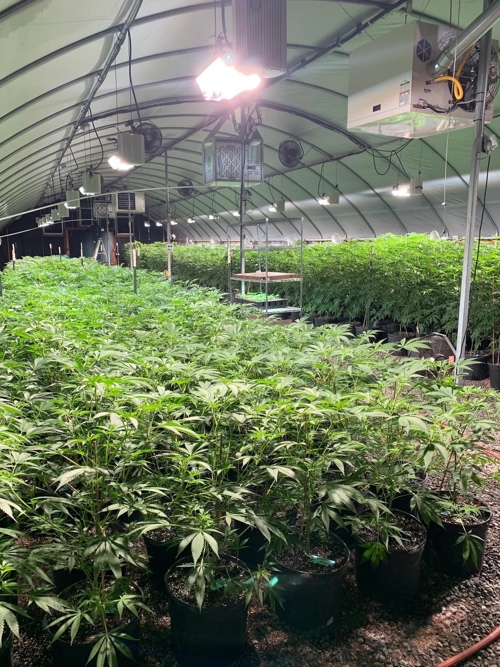 “Once we went to all mixed light, the market changed, and buyers changed. We focused on more climate control- more control, generally. For us, I know we went the right direction.”
“Once we went to all mixed light, the market changed, and buyers changed. We focused on more climate control- more control, generally. For us, I know we went the right direction.”
Keith has no animosity for fellow outdoor farmers. Outdoor farming is his personal heritage- one that he respects.
“I love outdoor. But with outdoor, you get one shot. With our greenhouses, we can put something in, and if we have a problem, we can pull it and replant. I feel like this ensures we can succeed in an ever-tightening market.”
“We only have lights in the nurseries. Even though we’re in commercial greenhouses, our flower houses are sun grown. So much has changed. Once the plant count disappeared, we quit breeding for big producers. Now, we go for quality over quantity.”
Healing Herb Farm grows from clones and sells clones and flower. “With clones, you just can’t beat the quality and consistency,” Keith notes.
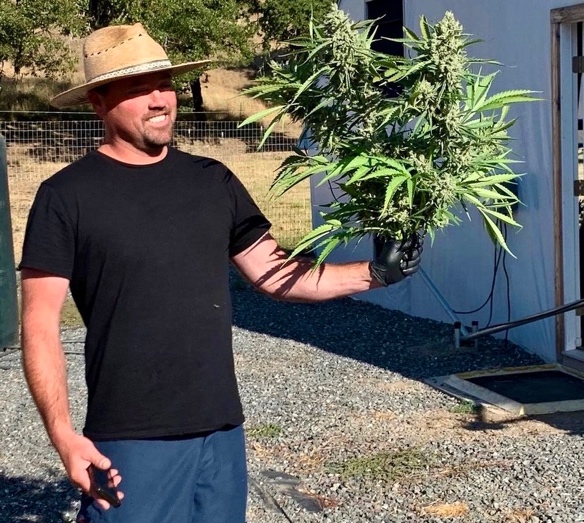 “We try to follow the market. Purple and purple gassy’s are the ‘it’ thing now. We generally do all our own genetics. But with the changing market we recently brought in new genetics from other breeders, and we started breeding with those genetics. We started focusing on gassy, purple exotics. We’re fully in the breeding zone to make that special stand-out strain. We started breeding Slurty3, Gush Mint to Apple Fritters, modified Grapes, Pancakes, to all our gassy varieties. We crossed 50 different Purple Gassy strains! We’re hunting and loading the greenhouses with something no one’s ever seen.”
“We try to follow the market. Purple and purple gassy’s are the ‘it’ thing now. We generally do all our own genetics. But with the changing market we recently brought in new genetics from other breeders, and we started breeding with those genetics. We started focusing on gassy, purple exotics. We’re fully in the breeding zone to make that special stand-out strain. We started breeding Slurty3, Gush Mint to Apple Fritters, modified Grapes, Pancakes, to all our gassy varieties. We crossed 50 different Purple Gassy strains! We’re hunting and loading the greenhouses with something no one’s ever seen.”
Keith has been a “strain-hunter” for over a decade, playing with gassy strains to gelato to cookie crosses. His White Mango was the basis for breeding the First Place Emerald Cup solventless extraction award-winner ORANGE ELIXIR by the Byrd Extracts company at the 2021 Emerald Cup. “Byrd also took 3rd place that year with another strain that we were given the opportunity to pheno hunt- Tahoe C4 OG, a 2021 Solventless Extraction Award. The farm’s association with Byrd Extracts led to additional awards- 1st and 3rd place in the Emerald Cup Personal Use Live Rosin category.”
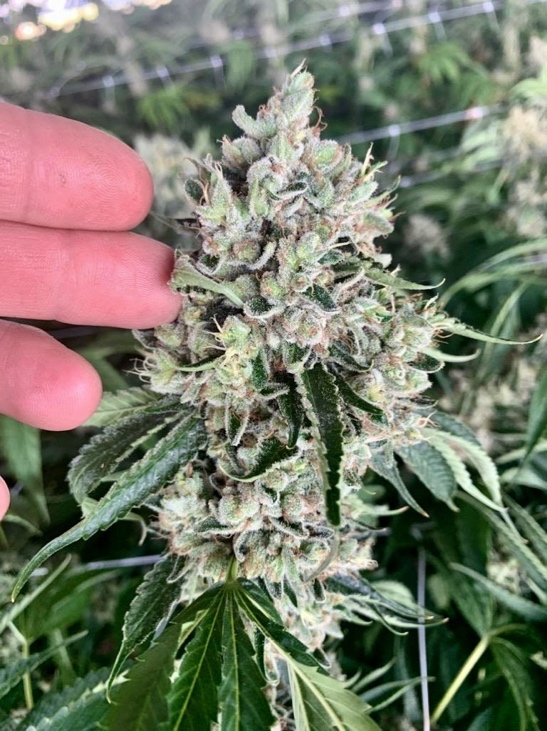 “We’re talking about growing thousands and thousands of consistent plants. We can’t afford a bad greenhouse run. Things like pest control must be conducted on a large scale. We have mother plants that we have to keep happy 24/7.”
“We’re talking about growing thousands and thousands of consistent plants. We can’t afford a bad greenhouse run. Things like pest control must be conducted on a large scale. We have mother plants that we have to keep happy 24/7.”
Despite being one of the largest farms in the Kure Invitational, Keith employs only six people. “Most people I know have at least 25 employees.” Everyone is cross-trained, and Keith’s family has been supporting local workers since the ‘70’s. “I think some farmers decided to be boss and hire lots of people, but that’s not our model. I’m hands-on, in the field every day. I don’t just play boss.”
Keith addresses the still-prevalent trope that growing cannabis is an effortless, no-skill endeavor. “I believe with the exception of orchids, cannabis is one of the most difficult plants to grow consistently and well.”
Like so many farmers, Keith is grateful that job and family are located contiguously. “I definitely appreciate I can wake up and go to work right here at my home. Everything is here.” Cultivation from home does come with difficulties. Procuring homeowner’s insurance can be tricky.
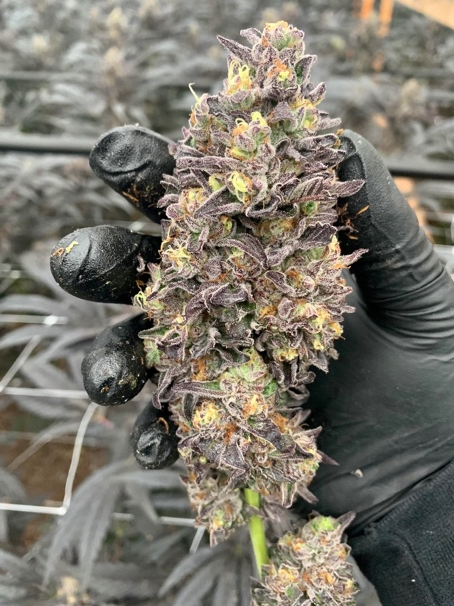 “Your homeowner’s insurance policy will be dropped as soon as they see you have a cannabis farm. They can consider it a ‘suffering business’ connected to your home. Basically, you’d have to give away your home if you ever wanted to sell out. Banking isn’t the major issue for me- it’s insurance. If you want to refinance, they don’t want to loan on a cannabis farm.”
“Your homeowner’s insurance policy will be dropped as soon as they see you have a cannabis farm. They can consider it a ‘suffering business’ connected to your home. Basically, you’d have to give away your home if you ever wanted to sell out. Banking isn’t the major issue for me- it’s insurance. If you want to refinance, they don’t want to loan on a cannabis farm.”
Keith lives with as much uncertainty as anyone in today’s market.
“I don’t know what’s going to happen. Most all cannabis projections have been inaccurate. Our licenses are going back to the portal. We’ve had annuals for years.”
“At our other property, we were told one greenhouse is too close to the creek. After the building permit was approved, Fish and Wildlife said it’s a commercial greenhouse and we have the option to move it, which everyone knows is easier said than done. We’re in a battle trying to get grandfathered in. It’s never ending. It seems like we’re getting further away from good regulations. I expect some challenges from Fish and Wildlife and the Water Control Board, but coming from our own county is pretty disheartening. They really have control of your life. Just the state taxes end up being more than most people’s profits.”
“For me, the hope is that I can create a solid company and work toward the future as a viable long-term business. There is not a lot of industry in our county. We need industry, and cannabis is our only hope at this time. Cannabis creates jobs for the future. I don't want to see the next generation have to move from their homes because there is no industry here.”
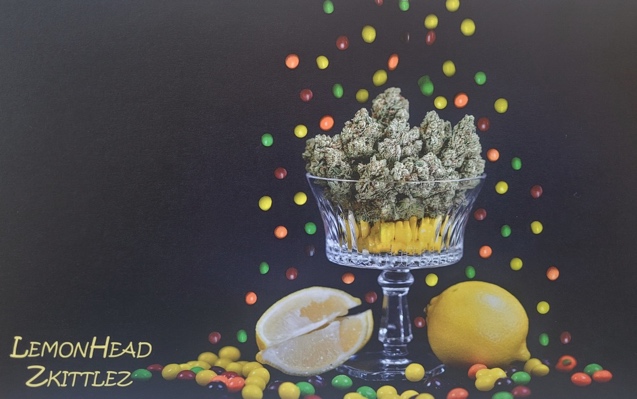 Keith believes that the county and local jurisdictions could do more to promote the region as a cannabis destination. “We do have the wine, the redwoods and the coast- to add cannabis is another inducement for tourism.”
Keith believes that the county and local jurisdictions could do more to promote the region as a cannabis destination. “We do have the wine, the redwoods and the coast- to add cannabis is another inducement for tourism.”
Building a professional operation- so much so that four of five county Supervisors have visited Keith’s location- is part of the long process of normalizing the industry.
“The last time I was in Kure, the lady in front of me was wearing scrubs, getting her medicine. That’s what I like to see,” he smiles. “People can use cannabis without fear of law enforcement or judgment. We have come a long way.”
Healing Herb Farms entered Lemonheads x Zkittlez in the Kure Mendocino Invitational. Visit them on Instagram.




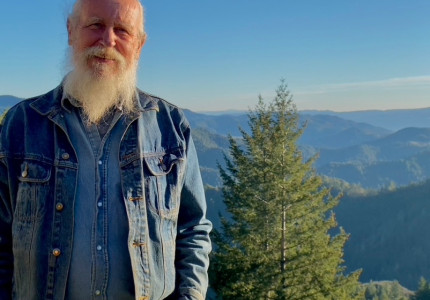

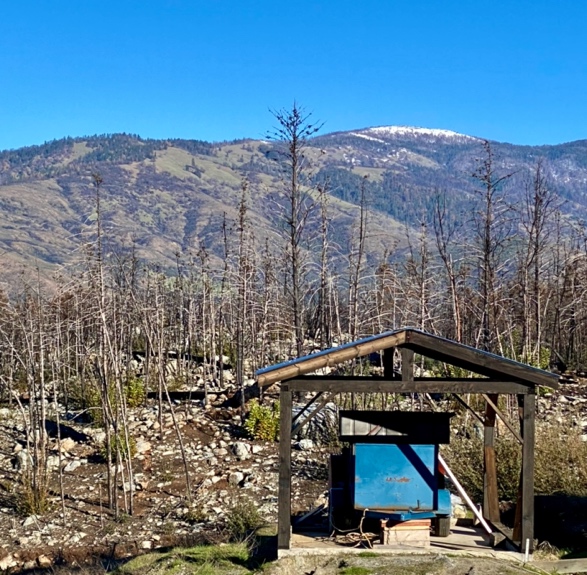 “I’ve only quit smoking three times since 1964,” he smiles.
“I’ve only quit smoking three times since 1964,” he smiles.